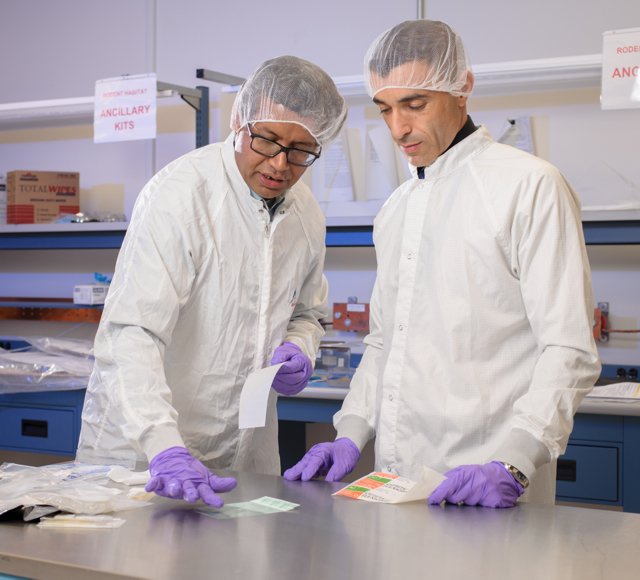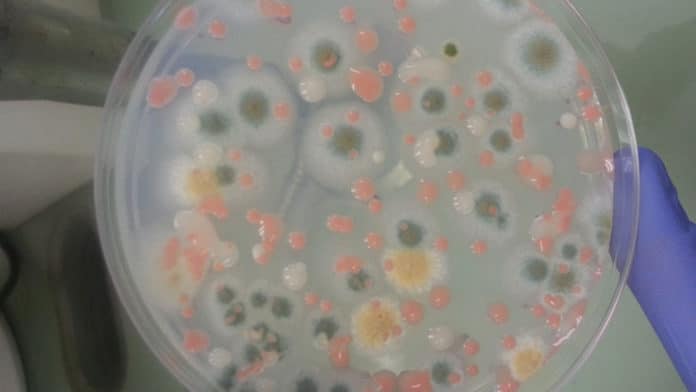On Earth, there is a nearby association amongst microorganisms and humans. Despite the fact that individuals regularly consider microorganisms harm to their health. But we really rely upon their quality to survive. They are found on all surfaces of the body, and there are several trillions of them that do us no damage. Truth be told, numerous are known to secure us, with valuable parts that incorporate digestion, stimulation of the immune system and protection from diseases.
While traveling to the space station, individuals bring microbes into the station. With all the movement of people and goods, the station has become an environment of its own with a unique microbial population.

Credits: NASA / Dominic Hart
In order to clearly understand the environment, the Space Biosciences Division at NASA’s Ames Research Center in Silicon Valley is managing the Microbial Tracking research series. In this study, microbial sampling kits are provided by the SpaceX commercial resupply missions. It also has brought samples back to Earth for analysis.
Scientists studied the samples in order to identify the types of microbes being found, the interactions between them, the development of microbial communities and any microbial effects on human health. They found that the microbial population is changing.
The findings from this research will help keep things running smoothly in space by determining the impact microbes have on the crew’s health. With this knowledge, NASA can work to develop ways of minimizing the hazards from microorganisms during long-duration crewed missions.
Microbial Tracking-1
Microbial Tracking-1 was a three-part series characterizing airborne and surface microorganisms from specific locations aboard the International Space Station in 2015 and 2016. Sampling on three different occasions occurred over a 15-month period, which allowed researchers to study the population living on the station over time.
Microbial Tracking-2
Microbial Tracking-2 is following the populations of microbes sharing the International Space Station with the astronauts – including those on the crew themselves. This is the first time humans are being studied in the Microbial Tracking investigation, and four crew members have volunteered to participate. Samples are collected with a swab before, during and after spaceflight from various surfaces of the astronauts’ body, including the mouth, nose, forehead, armpit, and navel. Environmental samples are also being collected from surface and air locations around the station. Viruses are being studied for the first time in the Microbial Tracking experiment series, in addition to bacteria and fungi.
Microbial Tracking-2 is studying the microorganisms present on the space station between June 2017 and late 2018.
